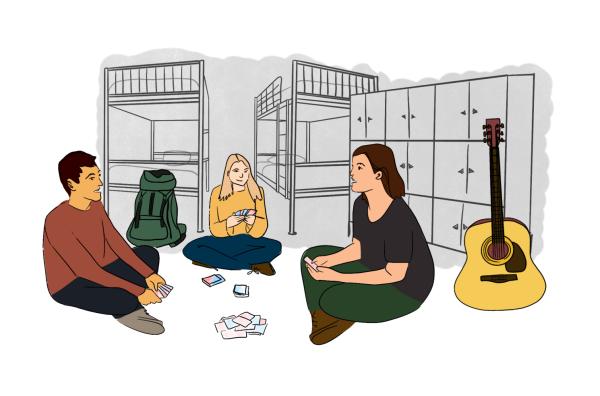Sustainability and Sports
This past weekend was rivalry week for college football, which is one of the biggest weekends for sports in America. It included one of the most anticipated games of the year and one of the greatest rivalries of all time: Michigan vs. Ohio State. Ohio State routed their rival, 62-39, but these are far from the most important numbers of the day. More important is the amount of people that attended the game, which was just over 106,000. Big sporting events such as this one tend to draw large crowds, and large crowds have a tendency to produce large amounts of waste.
Although they are brief, large sporting events have become a big source of waste, from plastic cups and silverware, to drink containers and wrappers. Beyond the physical wastes, there is an exorbitant amount of energy needed to power lights, and the process of shipping food and drink to the stadium produces a large amount of greenhouse gas. These are just some of the ways that sporting events produce large amounts of waste and are grossly unsustainable. According to Media Room, more than 140 million people attended sporting events featuring the five largest sports organizations in the United States in 2014. Individuals attending these events produce a much greater carbon footprint than the average person who is going about a daily routine. The largest part of the footprint is found in the indirect greenhouse gases that these events produce, from travel of participants and fans, to shipping of goods to any individual stadium.
While these events do produce mass amounts of waste, there is very little legal framework in place to reduce or mitigate it. One of the only bodies that exists to address this problem is Agenda 21, which the United Nations adopted in 1992. The Agenda commits United Nations members to sustainable economic development, but it is a non-binding agreement and is completely voluntary. So, while it does provide a framework for more sustainable development, it does little to help the issue of these large sporting events because of how temporary and brief they are by nature.
One idea that could potentially increase the sustainability of these events is the use of social licenses. Social licenses are essentially agreements between the local government and some stakeholders that are used to indicate the local acceptance of a project, in this case large sporting events. It would allow for the full transparency of the information surrounding the event, such as environmental, social and economic aspects of it. This could encourage more community involvement and create more of a commitment to sustainability. However, even with the introduction of social licenses, community and public involvement would be paramount in increasing sustainability. Therefore, next time you attend a large sporting event, or even watch one on TV, think about the impact that the event will have on the environment, and ways that you could potentially mitigate some of those damages.
Contact Ethan Reiser at [email protected].













